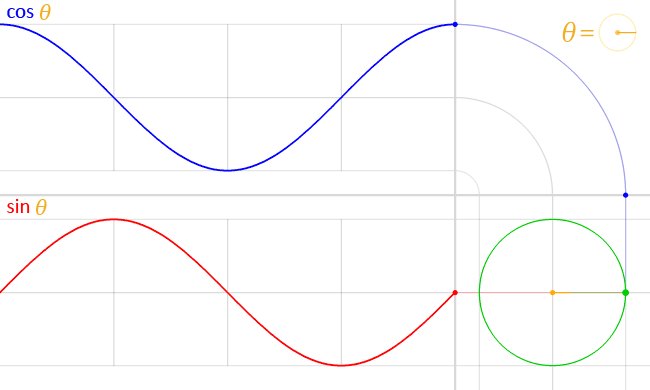Note: Code for this post is available on github here.
Tuning scales is about ratios. We multiply the root frequency by a given ratio to get a note in the scale. In Equal Temperament, all ratios are equal, the 12th root of 2. Which is 21⁄12. We multiply a frequency by that to get the next frequency in the scale. When we’ve gone through all 12, we get the octave. (21⁄12)12 = 2.
Let’s say we want the 3rd note in the chromatic scale. We have the root and multiply by the ratio for the second and then for the third. For the fourth, we do it three times. For the fifth, four times. Therefore, for any chromatic scale step 𝘯, we multiply the root by 2(𝘯-1)⁄12
But, especially when we’re using computers, we can try out putting the notes in different places! What if we have 10 steps per octave? Then our ratio is Which is 21⁄10. The composer William Sethares has written music using 10 tone equal temperament and in other unusual tunings, which you can listen to on his web page.
We can even forego octaves entirely. The Bohlen-Pierce scale is based on divisions of 3, rather than 2. When people use equal temperament with that scale, they typically have 13 steps in the octave, which makes their ratio 31⁄13. The composer Elaine Walker is one of many who has written music using Bolhen Pierce and you can find examples on her website.
We can also try out different tunings ourselves! Below, you can try out different Equally Tempered scales. Change the steps value for the number of divisions you want. If you want to try out Bohlen-Pierce, change the octave ratio to 3. Or try whatever tickles your fancy.
Your tuning ratio is 21⁄12, which is equal to 1.0594630943592953
12tet’s ratio of 21⁄12 is equal to 1.0594630943592953
It can sometimes be difficult to hear the differences in pitches just going up and down a chromatic scale. Modes like major and minor are very strongly tied to a 12 note chromatic scale and it doesn't make sense to try to, say, play a 10 note major scale. However, the octatonic scale is a mode that can potentially work for any tuning. It alternates whole and half steps. Perhaps listening to the octatonic versions of your scale and 12tet will demonstrate the differences more clearly.
Or we can try a phrase by Debussy:








